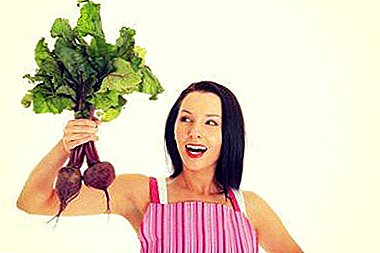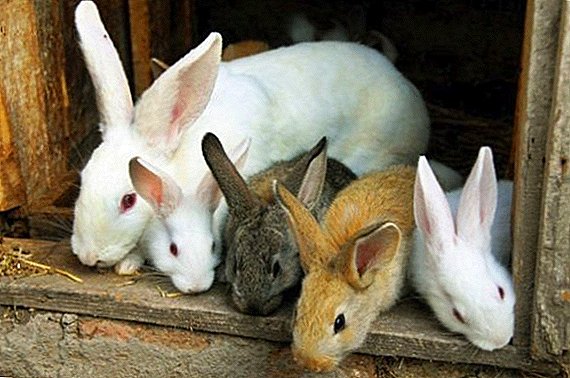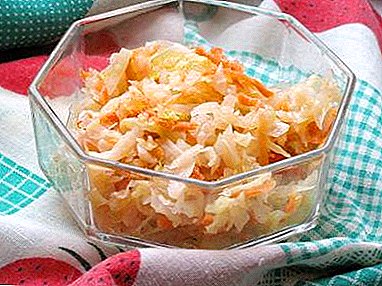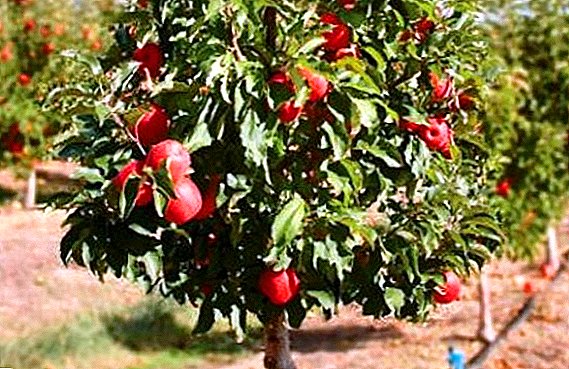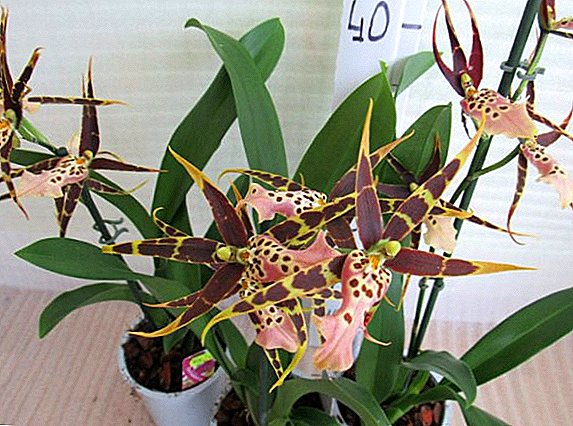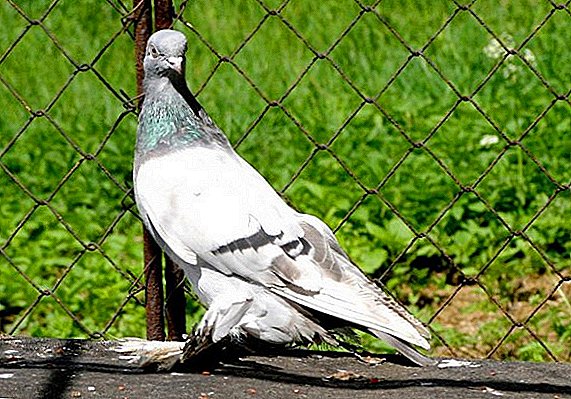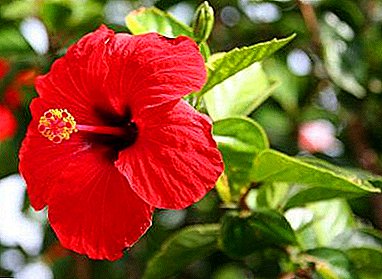
We all know that Siberia does not favor its residents with excellent weather conditions. Therefore, in this region it is not easy not only to live and work, but even more so to grow any garden crops.
Every inhabitant of this region wants to have fresh vegetables from their own garden on their tables, because it is important to eat healthy foods. In the article we will talk about the peculiarities of growing tomatoes in Siberia and describe the varieties that are most suitable for this.
Climate features of this region
All climatic characteristics are due to the geographical location of the region, which occupies the north-eastern part of Eurasia. The winter in this area is very harsh - the temperature here reaches 60 degrees of frost. But at the same time, the summer here is quite warm, and in some parts this time is also long.
The soil begins to warm up from the beginning of June, and in the southern parts even from the end of spring. The thermometer can rise to 25 degrees Celsius, sometimes the heat can reach up to +35 degrees.
The transition from winter to summer is quite rapid, and therefore the off-season is very short - there is practically no autumn and spring. Precipitation is extremely rare and in small quantities, it usually happens in July and August. The diversity of climate due to the length of the region.
In winter, Siberia is characterized by the duration of the polar nights.At this time, almost all day passes at dusk. While in summer the sun practically does not set at the horizon, this explains the polar days. As for the air temperature during the “polar” periods, it practically does not differ in different parts of the day. That is, the temperature does not change day or night. When summer comes and the days are polar, the warming up of the ground, the melting of snow and the sprouting of plants occur quite rapidly.
What varieties of tomatoes, it is better to plant?
Seeds of this culture are selected for a long time. This work requires a lot of effort and hard work. But over the years of fruitful labor, botanists have developed many varieties. We list the most popular ones.
Learn about what the choice of varieties of tomatoes for planting depends on here.
"Siberian early"
It is considered a low-growing plant, suitable for planting both in greenhouses and in open ground. It should be noted that the yield indicators will be slightly higher if tomatoes are grown in greenhouse conditions. Tomatoes grow regular round shape, medium weight, rich red color. Harvest will be ready in 3.5 months. Of the advantages are the following: resistance to adverse weather conditions and high yields.

How the Siberian Early Growing Tomato grows can be seen in this useful video:
"Alsou"
A distinctive feature of this variety is large fruits (their weight can reach a kilogram). Fruits are glossy, red, rounded, fleshy, juicy. Productivity from 1 square meter - 10-15 kilograms. The described variety is one of the most popular among Siberian agronomists.

Description of the variety "Alsou" you can look at this video:
"Berdsky large"
Excellent for outdoor cultivation. Fruits are large, but slightly inferior to the Alsou variety - A tomato grows about 500 grams, sometimes a little more. The height of the culture can reach up to one meter, so the bushes must be tied up. The resulting crop is suitable for salting and pickling. add to salads.

We offer to watch a useful video with a review of the tomato "Berdsk large":
Siberian Express
Differs in the short period of maturing, and also the long period of fructification. The first harvest can be harvested after three months. The variety grows low - up to half a meter, so there is no need to tie it up.

"Gina"
Low-growing plants. Harvest can be in 3.5 months after planting. The fruit is medium in size, has a slightly silvery shade and a round shape. This variety is considered one of the youngest in the world of breeding.

"King of Siberia"
The name is given to tomatoes for its royal size - one tomato can weigh up to 1000 grams. A characteristic feature of the variety is its thin skin and juicy flesh. The plant is not tall, but still needs tying and stitchling.

"Wonderful lady"
Maturation does not exceed three months. The fruits are relatively small - reach only 150 grams at the most. Shrubs are small, which can form from 4 to 6 fruits. It is important to grow tomatoes so that the bush has only one stem.

"Titanic"
The main distinguishing feature is the taste qualities of the variety. Sugar capacity in tomato - 6%. Fruits of small size. The ripening period is 100-110 days.

"Bersola"
It is one of the recent varieties. It is considered early ripening and undersized variety. From one bush agronomists collect up to seven kilograms of a crop.

Timing
Consider the timing of sowing seeds in the greenhouse, as well as when planting grown tomato seedlings in open ground.
When is it best to sow seeds in a greenhouse?
If we talk about sowing seeds for seedlings, then best done in mid february. Thus, by mid-April, seedlings will be ready for planting in the greenhouse. This applies to stunted and medium-sized tomatoes. And the tomatoes, which are distinguished by high bushes, are planted on seedlings closer to the end of February. They should be transferred to the greenhouse, too, a little later.
Important! Remember that only those seedlings that have grown at least two leaves are ready for planting in the greenhouse.
When to move seedlings to open ground?
It is best to move greenhouse sprouts to open ground from mid-June. But before that, it is best to temper the seedlings. To do this, two weeks before landing on the site you need to open the greenhouse and let in fresh air there. It is necessary to select the landing time, taking into account that the time of ascent of tomatoes is about 100 days. Therefore, expect the planting of tomatoes so that the fruits have time to ripen and give a rich harvest before the first frost.
Features of growing tomatoes
To plant tomatoes in this region, you need to start to pick the right soil. It should be fertile and well hydrated. For more than three years in a row, planting crops in the same place is not recommended, as the land becomes poor and dried up.
It is important to correctly select the alternation of crops on your site. The best predecessors for tomatoes are:
- cucumbers;
- cabbage;
- gourds.
It is necessary to dig the soil before planting in the fall and early spring. The most optimal depth of plowing is 25-30 centimeters. Plowing the soil combined with its feeding, while adding organic and mineral fertilizers.
Step by step instructions: how to grow vegetables from seeds?
 Remember that without seedlings you will not be able to grow a healthy and rich harvest.
Remember that without seedlings you will not be able to grow a healthy and rich harvest.
- Prepared seeds are placed in the ground at a depth of 1-2 centimeters (for details on how to process tomato seeds before sowing, read here).
- Then the soil is well moistened, but this should be done very carefully so as not to wash the planting material.
- After that, the container with the seeds covered with a film or glass.
- It is necessary to put the planted seeds in the room, the temperature of which is at the level of 22-25 degrees.
- As soon as the first shoots appeared, you need to start opening the tank for airing.
Moisturize the substrate only as needed - it is impossible to flood the seedlings strongly. Make sure that the daylight for the seeds is kept for 10-12 hours a day. In some cases it is necessary to resort to the help of fitolamps.
Step-by-step care instructions
- Choose a place to land need to be well lit and well ventilated. However, at the same time, it is necessary to protect the seedlings from drafts.
- The air temperature should be maintained at 20-25 degrees. On very hot days, it is better to cover the tomatoes with a special mesh that allows fresh air to pass through, but does not allow the sun to burn the leafy plates.
- It is possible to transfer grown-up seedlings to open ground only when the threat of frost has passed, and the earth has warmed up to at least 10 degrees. If you plant seedlings in May, you need to cover them with film at night. Sometimes agronomists do not use film, but plain paper or cardboard. At the same time, the cartons are sprinkled with soil so that they do not fly off.
- The landing scheme must comply with the following: 60 * 70 or 70 * 70. Do not forget to pour wood ash into each well. The seedlings are planted in depth so that the first leaves are buried in the soil. As soon as the sprouts were placed in open ground, they need to be watered properly (at least 2-3 liters under each bush). Moisturize the soil under the root system. After watering, you need to immediately loosen the soil so that a crust does not form, which will interfere with air circulation.
- Every two weeks it is necessary to fertilize the plant alternately, changing organic and mineral supplements. It is advisable to use ready-made complexes for this and dilute them according to the package instructions.
- As soon as the height of the bushes exceeds 60-70 centimeters, they need to be tied up. This can be done with each bush separately, and you can stretch one rope for the entire row.
- When the first stepsons appear, they need to be removed, leaving only small hemp. When the first ovaries of tomatoes appear on the bushes, the lowermost leaf plates will need to be cut. Also do not forget about the removal of dry and affected areas of the stem.
- Do not forget to regularly remove weeds that prevent tomatoes from fully growing and developing.
Growing tomatoes in areas with such difficult climatic conditions is very troublesome. But it's worth it, because if you get a good harvest you will always have fresh and organic vegetables.



